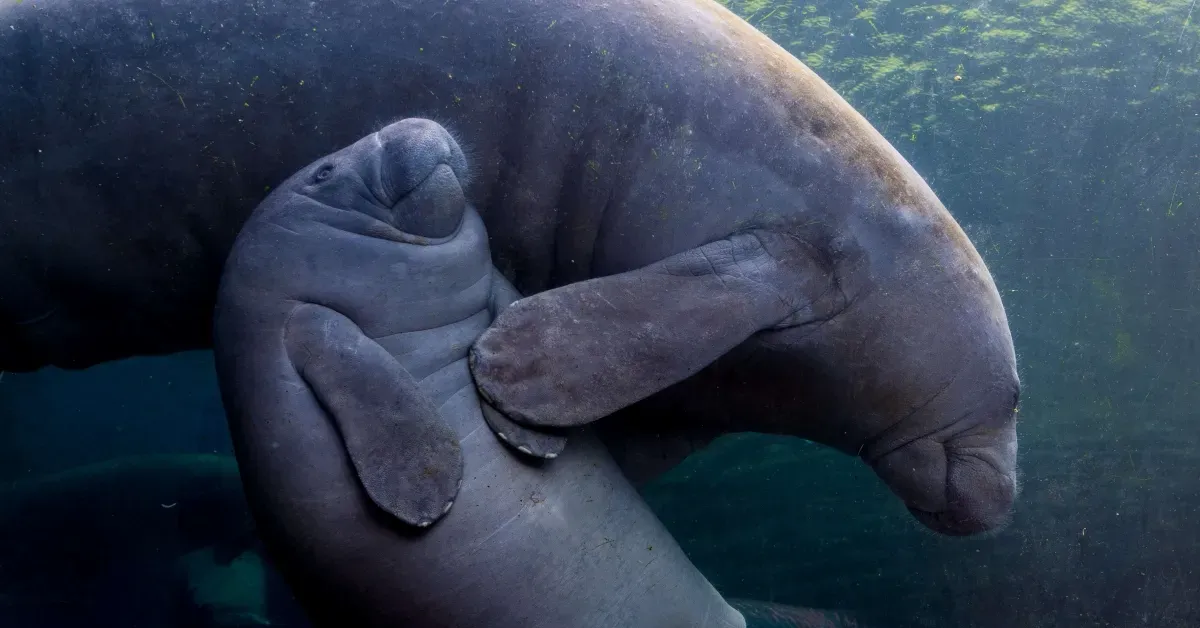Hey, folks! Ever heard the tale of Christopher Columbus and the mermaid? It’s a classic case of mistaken identity, with a healthy dose of humor thrown in. Let’s dive deep into this historical hiccup and uncover the truth about Columbus, manatees, and the elusive mermaids.
Columbus’s “Mermaid” Encounter: A Watery Mishap
Picture this: It’s 1493, and Columbus is on his second voyage to the Americas, sailing near the Dominican Republic. Suddenly, he spots something peculiar in the water. Thinking he’s hit the mythical jackpot, he jots down a sighting of actual mermaids!
Now, before we jump to conclusions, it’s important to remember that back then, the ocean was a realm of mystery, and tales of fantastical creatures abounded. So, it’s understandable why Columbus might have believed he stumbled upon these legendary beings.
But here’s the catch: these “mermaids” weren’t the enchanting sirens of lore. They were, in all likelihood, manatees – those large, gentle sea creatures that resemble a cross between a seal and a walrus. Not exactly the stuff of fairytales, right?
How Could Anyone Mistake a Manatee for a Mermaid?
Believe it or not, Columbus wasn’t the only one making this mistake. Sailors throughout history often misidentified manatees and their relatives, dugongs, as mermaids. But how?
Well, manatees can be quite large, they have those human-like faces (sort of!), and they glide gracefully through the water. Plus, imagine being a sailor after months at sea—your imagination might start playing tricks!
Columbus, in his journal, even described the creatures as “not half as beautiful as they are painted,” suggesting that while he initially thought they were mermaids, he was a tad disappointed by their appearance. Poor manatees; they never asked to be compared to mythical beings!
Why the Mermaid Myth?
The persistence of the mermaid myth, particularly among sailors, speaks volumes about the power of storytelling and the human desire to find wonder in the unknown. For centuries, tales of these alluring sea creatures have captivated our imaginations.
It’s also a reminder that what we see and how we interpret the world around us is often shaped by our pre-existing beliefs and expectations. Columbus, steeped in the mermaid lore of his time, might have seen what he wanted or expected to see, rather than observing the creatures objectively.
Beyond the Myth: The Importance of Manatee Conservation
While the idea of Columbus cozying up to a manatee is amusing, it highlights a crucial point: the need to appreciate and protect these gentle giants. Manatees, often called “sea cows,” are herbivores that play a vital role in their ecosystems.
Sadly, these creatures face numerous threats, including habitat loss, boat strikes, and pollution. Organizations like Save the Manatee work tirelessly to protect these vulnerable animals and educate the public about their importance.
Exploring the Past: More Than Just Mermaids
Columbus’s journals, filled with such encounters, offer a fascinating glimpse into the challenges and biases faced by early explorers. They remind us that history is a tapestry woven from both fact and fiction, and separating the two can be an intriguing adventure in itself.
Just like the stories of Eva Mozes Kor, a Holocaust survivor dedicating her life to combating hatred, or Mattie Earp, a woman who carved her own path in the Wild West, understanding the past requires digging deeper than the surface. It’s about challenging assumptions and embracing the complexities, even when it comes to something as seemingly simple as a mermaid sighting.
So, while Columbus might not have discovered mermaids, his encounter with manatees offers valuable insights into history, human perception, and the importance of conservation. And who knows, maybe somewhere out there, in the vastness of the ocean, a real mermaid is swimming alongside the manatees, chuckling at the tales humans tell.
- Unveiling the Enigma: Mansoureh Khojasteh Bagherzadeh’s Public Appearances & Private Life in Iran - July 18, 2025
- Unveiling the Mystery: Mansoureh Khojasteh Bagherzadeh’s Husband: A Rare Glimpse into a Private Life - July 18, 2025
- Unveiling Masoud Khamenei’s Mother: Power, Influence, and Iran’s Future - July 18, 2025
















